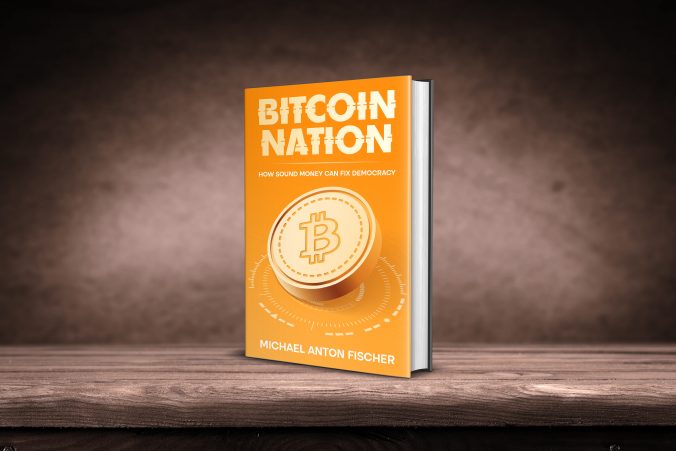My new book “Bitcoin Nation” was published on the 15th anniversary of the Bitcoin Whitepaper, October 31, 2023. You can read it below, one chapter per week. Or buy it here.
The death of a currency usually occurs through a so-called hyperinflation. There are various definitions, but today it generally means a price increase of over 50% per month. At the peak of hyperinflation, as in Germany in 1923, the devaluation of money even led to a doubling of prices every 24 hours.
Depending on the definition, over 50 hyperinflations have been documented in recent history. This raises the question, whether they are inevitable, or if people are simply crazy and keep making the same mistakes.
As is often the case, the answer to this question lies far beyond black versus white.
Hyperinflation could be easily avoided if there were a currency with a strictly limited money supply. However, the technical and social introduction of such a currency is not trivial.
In previous chapters, we discussed why a gold or precious metal standard are so susceptible to manipulation of the money supply. But why does this remain undetected and seemingly without consequences for decades or even centuries? And why do people keep playing this fatal game?
To understand this, we must look at how new monetary units enter the economy.
Once a central authority, usually a state central bank, has forcibly and gradually established itself as the sole ruler over the currency of a monetary area, it can theoretically create money at will. In practice, however, the average citizen initially stands in the way. As limited as the general understanding of money may be, people are hesitant to accept something unfamiliar. Gold works, but paper money is new, and there is a vague collective memory that unbacked money has failed multiple times in history.
A central banker or politician who openly calls for the abandonment of the gold standard will quickly find themselves out of office, and sometimes even in danger of losing their life.
That’s why they must initially act in secret. In a coin-based system, copper is secretly mixed in, or taxes must be paid in new coins, while state expenditures are made in old, worn-out coins. In the case of certificate money, a so-called fractional reserve is employed.
The bank issues certificates that certify more value than is actually available in the vault. This practice has historically worked quite well as long as the reserve is above 50%. Even with 30% precious metal to certificate ratio, a bank is still relatively stable. With each percentage point fewer reserves, the risk of a bank run increases exponentially.
A bank run occurs when many people try to exchange their certificates for deposits at the same time. If the bank has covered less than 10% of its certificates and every fifth depositor wants their gold, the bank becomes insolvent.
A bank run can be triggered by many factors, often simply by competition between banks. One bank senses the weakness of another and demands all its deposits from the weak bank, while simultaneously leaking the liquidity problems to the local press.
Central banks have also historically used this tactic to assert their authority. If citizens don’t accept the central authority over money, attempts are made to target popular private certificates or note-issuing banks with bank runs, forcing them to their knees. This then gives the state a double opportunity to present itself as the rescuer, and create trust in its own currency. At the same time, it promotes acceptance of strict laws against the evil private banks that have deceived their poor depositors.
Subsequently, the central bank plays the same game as the private banks did before.
Central banks will fractional reserve with ever-increasing leverage, just as many commercial banks do. The sole difference is that in case the liquidity runs out, states can simply ban the right to exchange the certificates to gold. Thus, the central bank doesn’t have to admit its bankruptcy during the national equivalent of a bank run. Instead, it can pay off uncovered debts, by printing money, ultimately culminating in hyperinflation.
One could, of course, attribute ill will to both private and central banks and spin wild conspiracy theories about why they manipulate money and impoverish people. The sad truth is probably much simpler and at the same time more concerning.
Everyone sees themselves as the good person. Even mass murderers find an excuse to justify their killings. So, it’s not surprising that self-interest and a lofty goal are usually the cause of the fatal expansion of the money supply. A central bank might, for example, claim that the money printing is necessary to prevent economic collapse. But how is it possible that many politicians and central bankers convince the general population that a fiat currency is a good idea and that inflation is acceptable, even necessary?
: Bitcoin Nation – PATHOLOGY OF HYPERINFLATION (Pt.1-Ch.4)

Leave a Reply